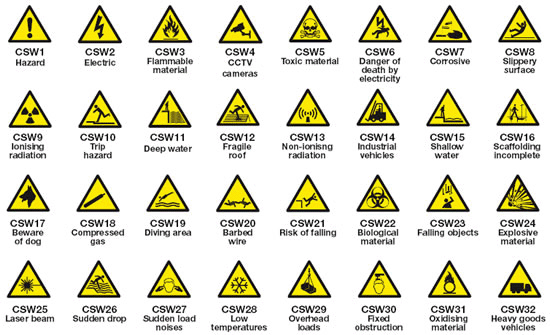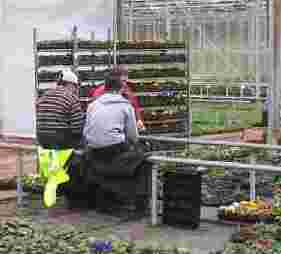LO 2. Know the hierarchy of measures to control risk and how the principle of ‘so far as is reasonably practicable’ will affect their application

There are three steps to control hazards:
The first step is to identify the main hazards, whether they be biological, chemical or physical hazards. Press next
You need to know how to control hazards - what is the best approach
As far as is Reasonably Practicable
You need to know what "Reasonably Practicable" means to work out what controls to apply.

Meanings of these words..
Hazard is anything with the "potential to do harm". There are a range of hazards on farms and small holdings There are chemical, physical and biological hazards, as well as geographic and climatic hazards, as well as all the hazards of the land. We will look at these in more detail in next page
Risk is the "likelihood of the hazard's potential being realised". While we have seen (in LO1) what may be the greatest risks - of accidents or illness. We will pick up how to assess these risks in Unit 2.
Here we concentrate on the approach to controlling these risks..
Control Measures can be applied to minimise the risk of these hazards. If we are clear about the nature of the risk, it will be easier to control. These control measures may be technical (eg guards ) or organisational ( eg procedures).
Licensed under the Creative Commons Attribution 2.5 License
LANTRA Awards: Controlling Risks in Agriculture Level 3